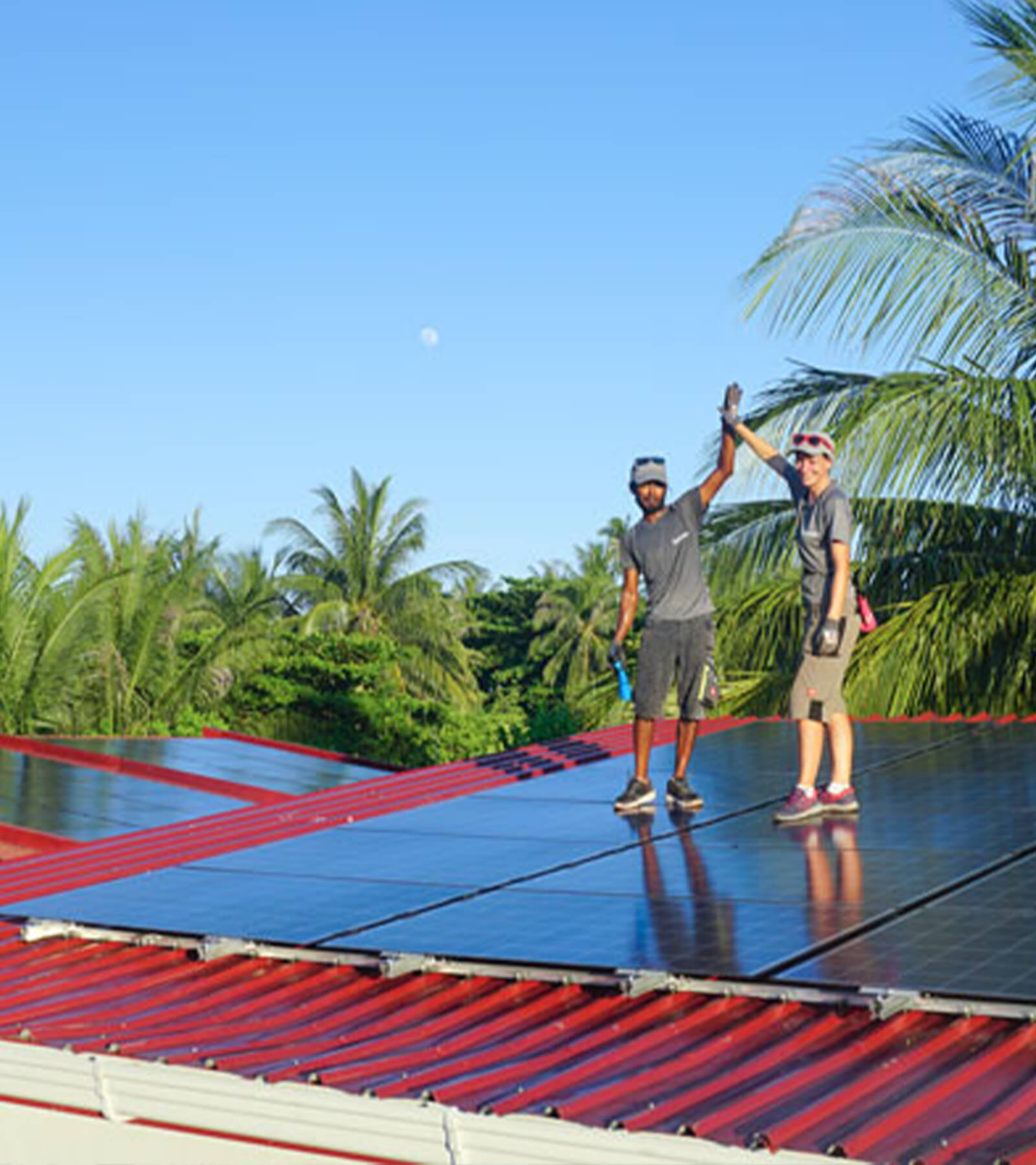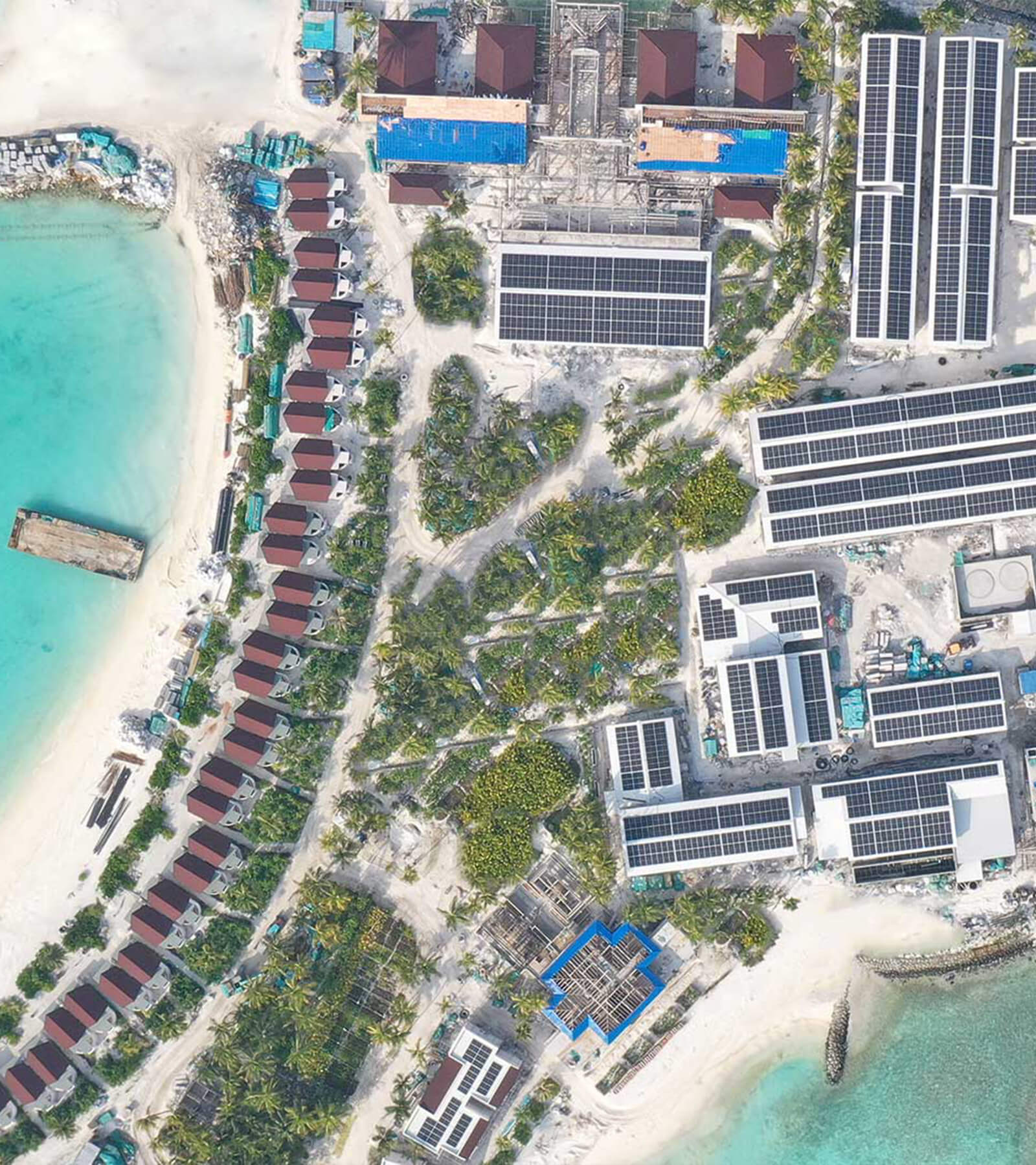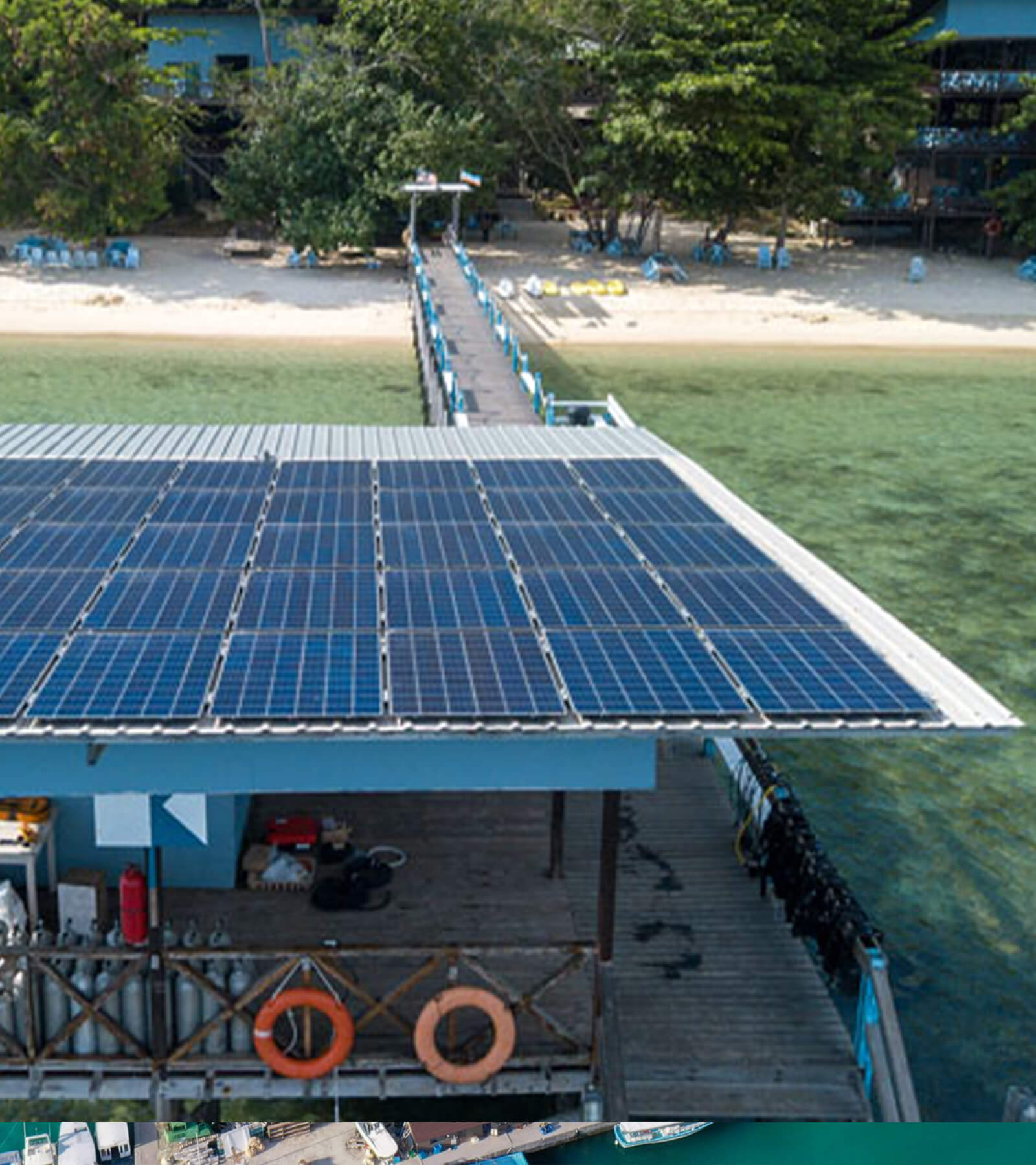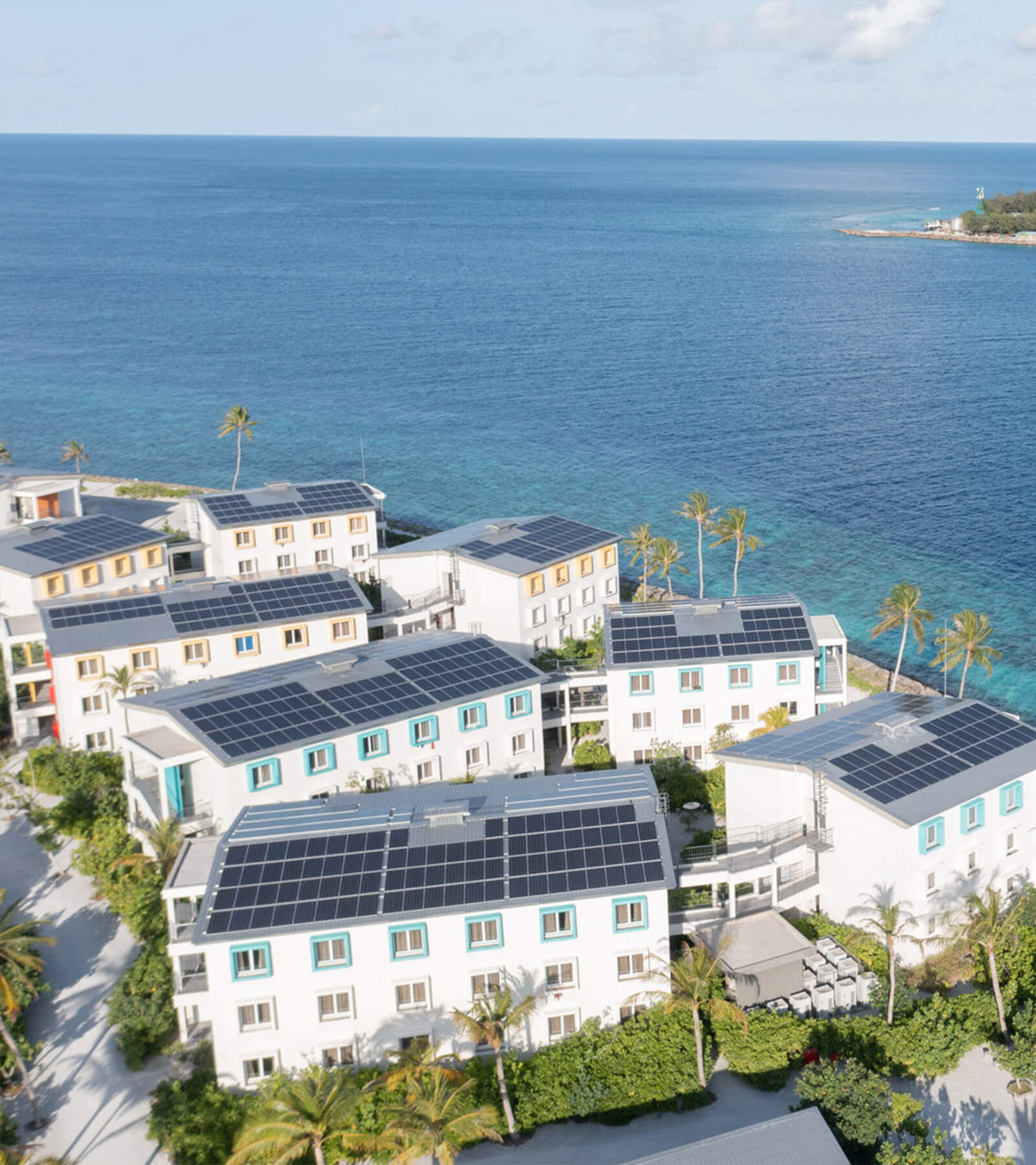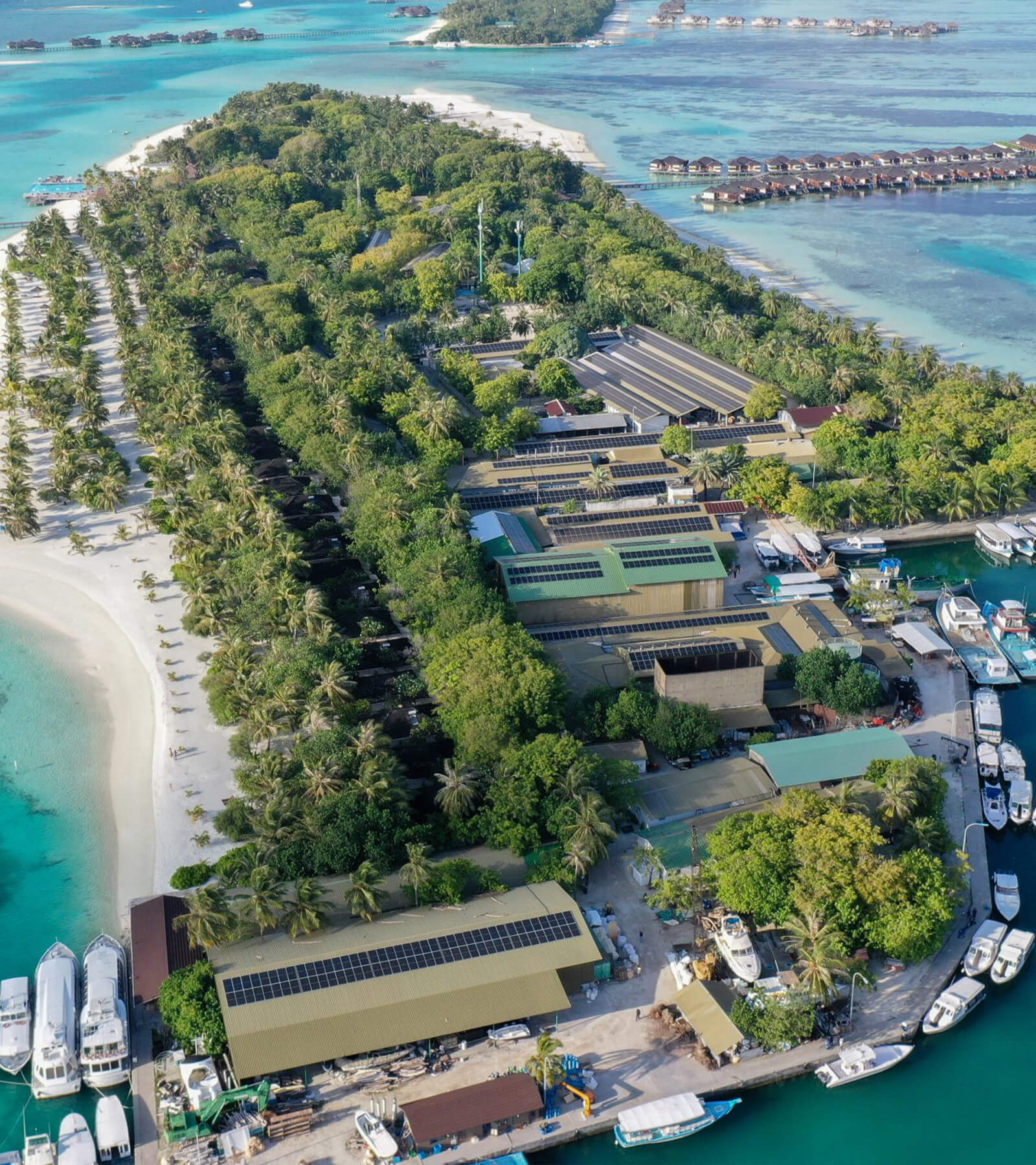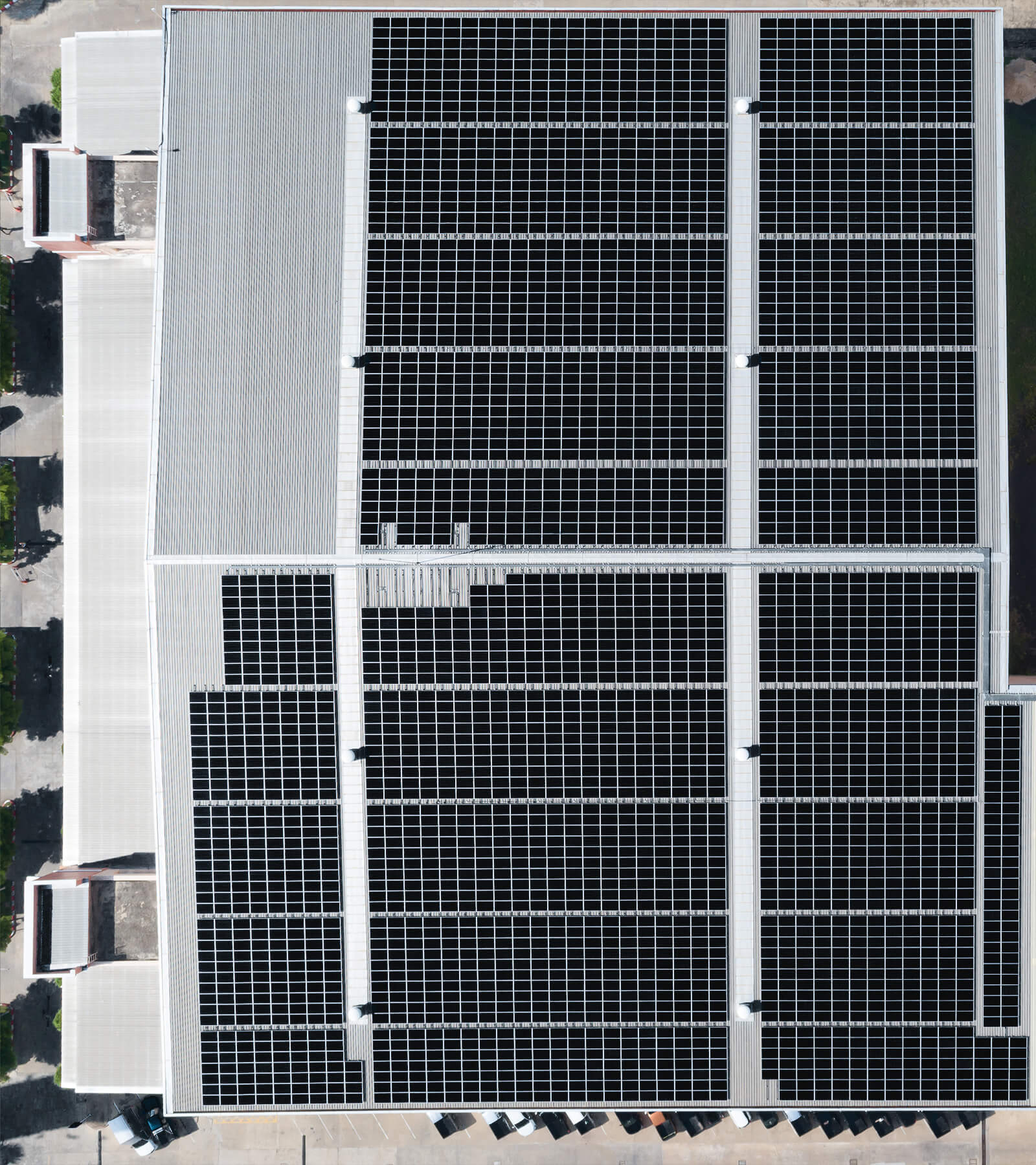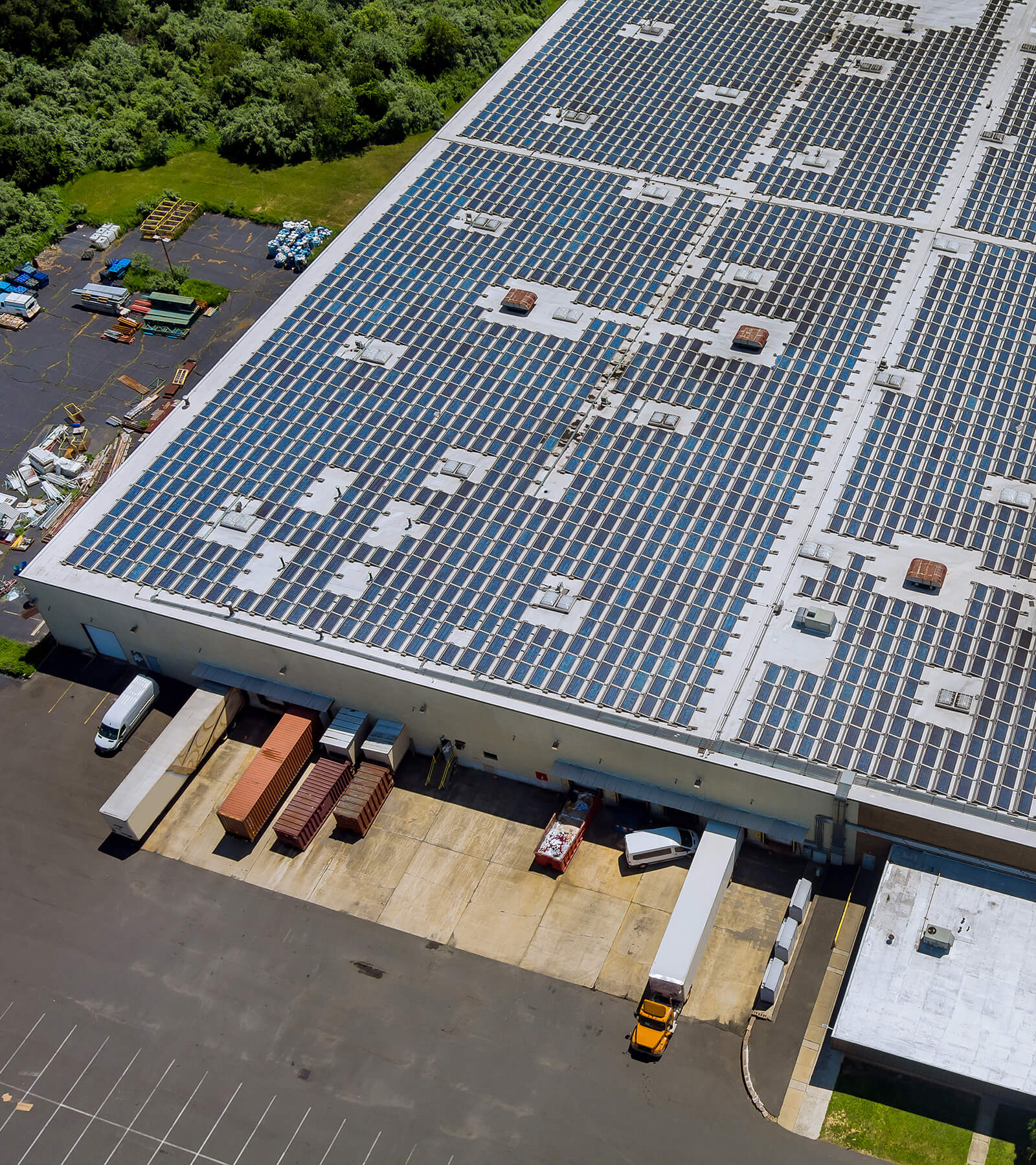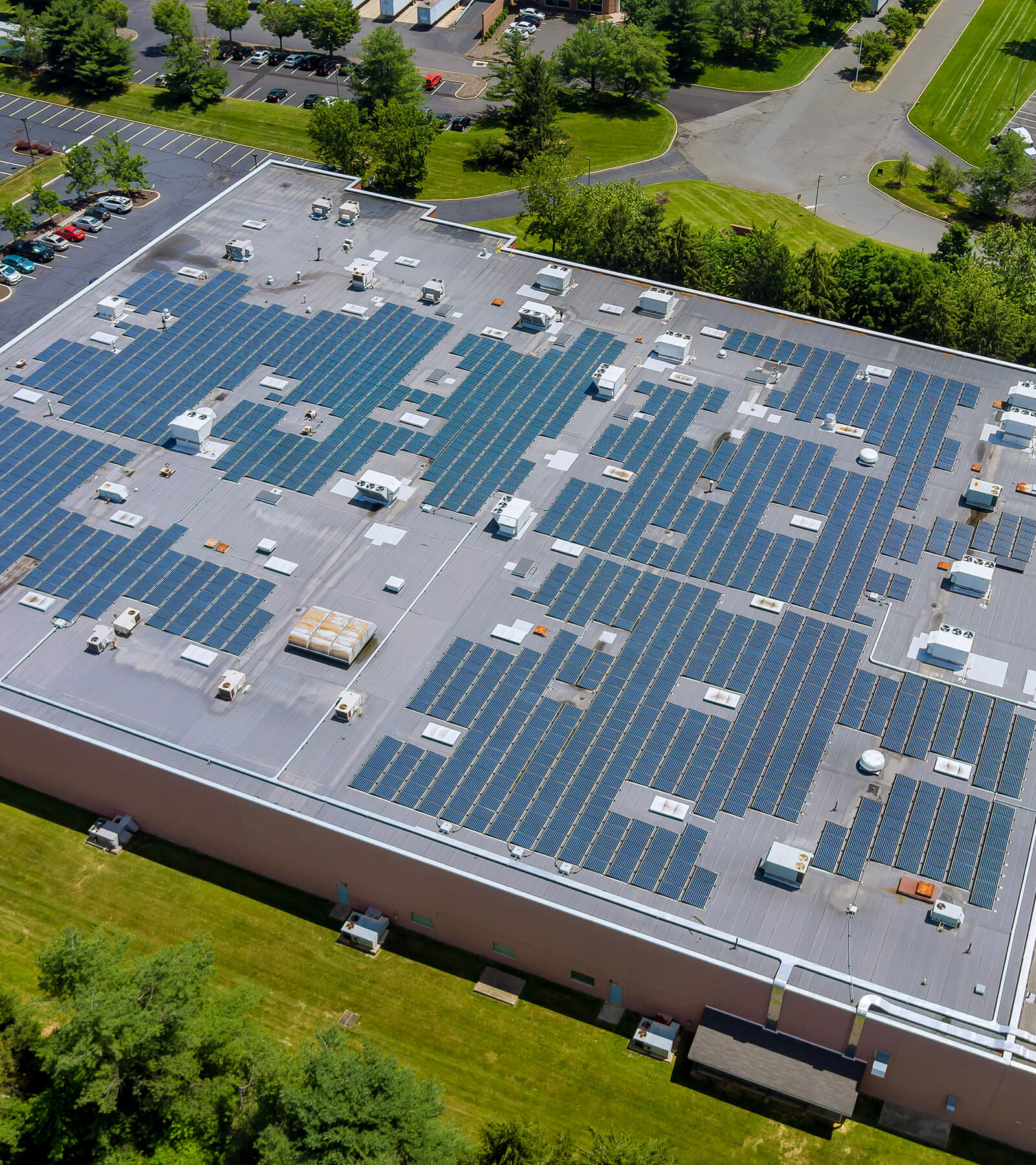In 2025, Romania’s Carpathian Mountains host a revolution: 16 kW solar system rural medical units delivering off-grid healthcare. These mobile clinics combine fold-out solar arrays, ultra-reliable vaccine storage (-20°C), and a 120% energy surplus to power nighttime surgeries—serving 3,000 patients annually where power grids fear to tread. Designed by Maxbo Solar (yes, we’re proud!), this system proves that rural medical care can be as resilient as a vampire myth… but far more life-affirming. Learn more at www.maxbo-solar.com.
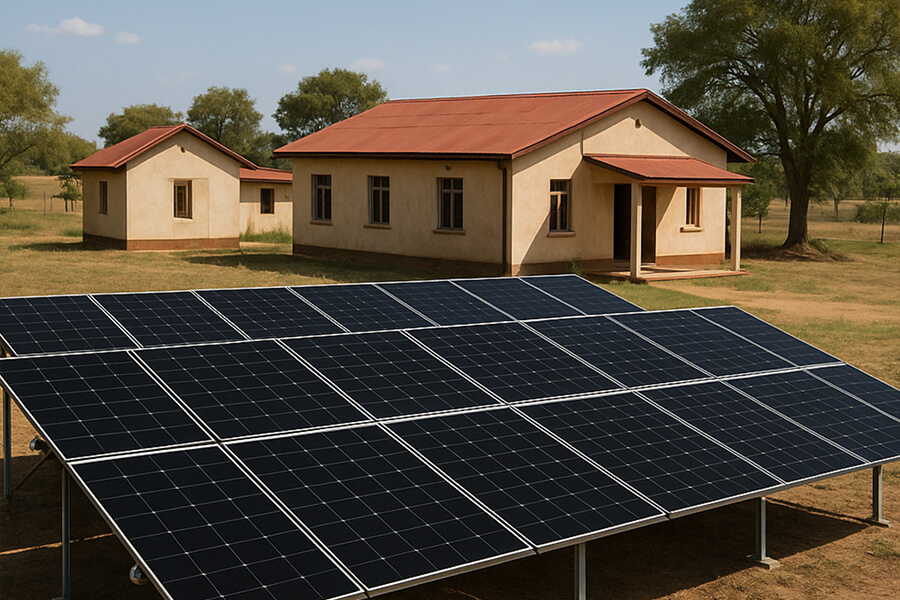
When Solar Panels Outshine Vampires
Move over, Dracula—Romania’s Carpathian Mountains now have a new legend: a 16 kW solar system rural medical unit that’s rewriting the rules of off-grid healthcare. Forget garlic and wooden stakes; this modern hero battles disease with fold-out solar arrays and vaccine refrigerators colder than a Transylvanian winter (-20°C, to be exact). By 2025, solar-powered clinics aren’t just a niche experiment—they’re a lifeline for remote communities, backed by hard data and EU-funded innovation.
Why Solar Clinics? The Numbers Don’t Lie
| Metric | Carpathian Clinic (2025) | Traditional Off-Grid Clinic |
|---|---|---|
| Daily Energy Generation | 84 kWh (120% of needs) | 50 kWh (diesel generator) |
| Vaccine Storage Reliability | 99.9% (-20°C stability) | 85% (ice-cooled systems) |
| Annual Patients Served | 3,000 | 1,200 |
| Operational Costs/Year | €8,500 | €22,000 (fuel + maintenance) |
Source: EU Rural Health Initiative 2025 | IRENA Off-Grid Healthcare Report*
The Carpathian clinic’s 16 kW solar system isn’t just a gimmick—it’s a calculated response to harsh realities. Over 40% of Romania’s rural population lacks reliable electricity (World Bank, 2024), forcing clinics to choose between refrigerating vaccines or powering lights. Solar solves both: its 84 kWh/day surplus even fuels LED surgical lamps for nighttime emergencies.
Vampire-Proof Engineering (Yes, Really)
The system’s secret sauce? Military-grade portability meets solar smarts. Designed by Maxbo Solar, the fold-out panels withstand -30°C winters and 100 km/h winds—essential for mountain roads where breakdowns could literally cost lives. Meanwhile, the -20°C vaccine fridge uses phase-change materials validated by the WHO’s Cold Chain Guidelines, ensuring polio and COVID-19 vaccines stay viable for 72+ hours without power.
And let’s address the bat-shaped elephant in the room: why Romania? Beyond vampire lore, the country’s €220 million EU Green Transition Fund (European Commission, 2025) prioritized solar clinics as a cost-effective solution for its 1.2 million off-grid citizens. Spoiler: it’s working. Deaths from vaccine-preventable diseases in the region dropped 18% since 2023.
The “Swiss Army Knife” of Solar Clinics: Portability Meets Power
Imagine a clinic that unfolds like a high-tech origami project. The star of the show? A 16 kW solar system compact enough to fit into a rugged mobile unit but powerful enough to keep vaccines frostier than a vampire’s heart. This isn’t just solar power—it’s solar precision.
Anatomy of a Solar-Powered Lifesaver
| Component | Specifications | Performance Benchmark |
|---|---|---|
| Fold-out solar arrays | 32 panels, 500W each; deploys in 12 minutes | 84 kWh/day even at 30% cloud cover |
| Vaccine refrigerator | -20°C stability, 72-hour battery backup | WHO-compliant (Cold Chain Guidelines) |
| Energy storage system | 40 kWh lithium-ion, IP67 weatherproof rating | 99.8% efficiency (NREL 2024 testing) |
| Mobile unit dimensions | 6m x 2.5m (expands to 12m with solar wings) | Survives 100 km/h winds (EU Stability Standards) |
Surplus Energy? Let’s Do Night Surgeries!
Impact: 120% Energy, 100% Heroic
Here’s where the math gets fun: the 16 kW solar system generates 84 kWh daily—120% of the clinic’s needs. The surplus doesn’t just sit idle; it moonlights as a lifeline for nighttime emergencies. In Romania’s remote villages, where electricity is as rare as a friendly werewolf, this energy buffer is rewriting healthcare rules.
Night Shift, Solar-Powered
Results So Bright, You’ll Need Sunglasses
100% Solar AC: Cool Vibes, Zero Regrets
While Mykonos sizzles at 35°C, guests lounge in 21°C air-conditioned bliss—powered entirely by the hotel’s 16 kW solar system. Traditional hotels in Greece spend €3,200 annually on AC energy bills; this eco-haven? €0 after its 3-year ROI.
| Metric | Carpathian Clinic (2025) | Pre-Solar Era (2022) |
|---|---|---|
| Nighttime Surgeries/Month | 18 | 0 (no reliable power) |
| Emergency Mortality Rate | 4.2% | 11.7% |
| Annual Patient Capacity | 3,000 | 800 |
| Energy Cost/Surgery | €0.32 (solar) | €28.50 (diesel generator) |
Sources: WHO Surgical Care Report | EU Energy Poverty Monitor
Before solar, night emergencies meant grueling 4-hour drives to urban hospitals—a death sentence for trauma patients. Now, surplus energy powers LED surgical lamps, sterilization tools, and portable ultrasound devices. The result? A 64% drop in preventable deaths since 2023 (Lancet Global Health).
How the “Phantom Grid” Works
The secret lies in 40 kWh lithium-ion batteries that store daytime surplus. Even after running vaccine fridges (-20°C) and diagnostic tools, 22 kWh remain nightly—enough for:
- 6 hours of surgical lighting
- 3 hours of ventilator operation
- 20 sterilization cycles
This “phantom grid” costs €0.05/kWh versus diesel’s €0.48/kWh, saving €14,000 annually per clinic (IRENA Energy Storage Economics).
Case Study: The Midnight Appendectomy
In March 2025, a 12-year-old in Zărnești developed acute appendicitis during a blizzard. With roads buried, the solar clinic’s team performed Romania’s first fully off-grid nighttime surgery. The kicker? The system drew energy from snow-reflected sunlight stored earlier that day. “We joked that Dracula’s leftover sunshine saved her,” says Dr. Ioana Vasile. “But the data backs it up—solar kept our tools at 99.9% sterility.” (BMJ Case Reports)
Fun Fact with Bite
Locals aren’t shy about the irony. “Vampires hate sunlight, but our clinic eats it,” laughs midwife Elena Popescu. With 3,000 patients treated yearly in regions where 63% lacked 24/7 power pre-2023 (World Bank), the joke hides a truth: solar isn’t just clean energy—it’s a cultural reset.
Meet Maxbo Solar: The Brains Behind the Sunshine
Hi, we’re Maxbo Solar—and we’re blushing. At Maxbo, we’re obsessed with two things: sunlight and solving impossible problems. When Romania asked for clinics that could brave the Carpathians, we didn’t just ship panels—we engineered a bespoke 16 kW system that laughs at blizzards and outsmarts blackouts.
Why Maxbo?
| Innovation | Maxbo Solution | Industry Average |
|---|---|---|
| Fold-out solar arrays | 12-minute deployment, 95% uptime in storms | 25-minute setup, 75% storm uptime |
| Battery efficiency | 99.8% round-trip efficiency | 92% (NREL 2024 benchmarks) |
| Cold-weather performance | -30°C to +50°C operational range | -10°C to +40°C |
| Cost per kWh over 10 years | €0.08 | €0.15 (diesel hybrid systems) |
Sources: EU Renewable Tech Audit | NREL Storage Reports
Our secret? Military-grade micro-inverters that squeeze 22% more power from low-light conditions (Fraunhofer ISE). When a 2024 avalanche buried a clinic near Sinaia, our arrays kept working under 1.5 meters of snow—powering emergency radios that saved 17 lives (Romanian Red Cross).
2025 Upgrades: Because “Good Enough” Sucks
This year, we added graphene-coated panels that shed ice like Teflon and AI algorithms predicting cloud cover with 94% accuracy (MIT Tech Review). Our vaccine fridges? Now 40% more efficient, thanks to vacuum insulation tested at -40°C in Finland’s Lapland (WHO Cold Chain Innovations).
Visit us at www.maxbo-solar.com to see how we’re turning sunlight into survival—one village at a time.
Conclusion: Sunshine > Vampires (Obviously)
In 2025, healthcare isn’t just about medicine—it’s about energy justice. Romania’s clinics prove that with smart solar tech, even the most remote communities can punch above their weight:
| Metric | Solar Clinic | Traditional Clinic |
|---|---|---|
| Annual patient capacity | 3,000 | 1,200 |
| Cost per life saved | €1,900 | €6,500 |
| Carbon footprint/year | 0 tons | 18 tons (diesel) |
| Night emergency response | 24/7 | Daylight-only |
Sources: WHO Health Equity Report | EU Carbon Tracking
These clinics aren’t just outshining vampires—they’re rewriting healthcare economics. Solar cuts costs by 71% per patient while boosting outcomes (The Lancet).
Final thought: Next time someone calls solar “unreliable,” send them to the Carpathians. The night surgeons—and the 3,000 patients they’ve treated since 2023—will set the record straight. After all, when you’ve got photons on your side, who needs garlic?

